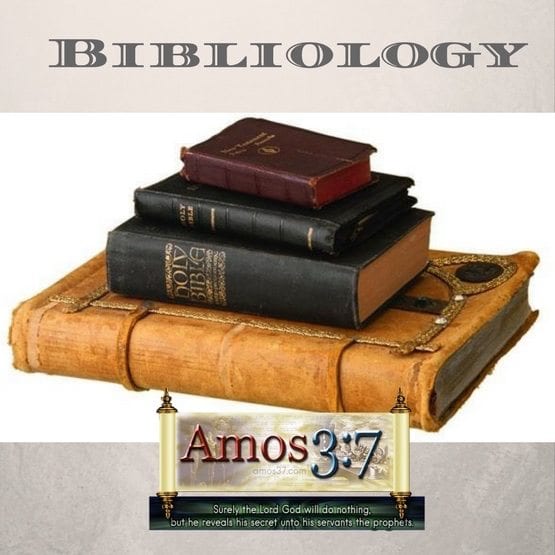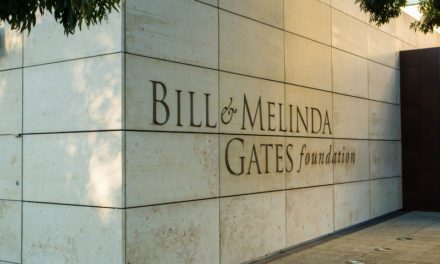
Bibliology – The Doctrine of the Bible
Section 6 – Part 1
Issues of Translations
Questions we will ponder in this section
- How did the English Bible come about?
- What effect has Bible translations had on Protestant Evangelical Christianity?
- What events unfolded in church history that led to the English Bible?
- How did the King James Bible Develop?
- How to respond to those who say the KJV is the only reliable English translation?
- What is the difference between formal and dynamic equivalent translations of the Bible?
- What’s the difference between a translation, a version and a revision?
- Are all paraphrase translations faithful to the original text?
- What is meant by gender inclusive language?
- How is the gender inclusive point of view influencing modern day translations?
Glossary of Terms
Literal “Word for word” approach to translation, generally following the syntax and word order of the text being translated. This classification identifies Bibles that practiced principles of formal equivalence before its emergence as a formally developed philosophy.
Idiomatic “Thought for thought” approach to translation, generally conforming to the syntax and word order of the receptor (receiver) language for the sake of clearly representing the original text’s meaning. This classification identifies Bibles that practiced principles of dynamic equivalence before its emergence as a formally developed translation philosophy.
Formal equivalence Technical term for the “word for word” approach to translation, generally following the syntax and word order of the text being translated.
Dynamic equivalence Technical term for the “thought for thought” approach to translation, generally conforming to the syntax and word order of the receptor (receiver) language for the sake of clearly representing the original text’s meaning.
Blend of dynamic and formal equivalence A translation philosophy that attempts to incorporate the strengths of both dynamic and formal equivalence. Versions that follow this translation philosophy tend to follow the syntax and word order of the original text when doing so does not obscure the text’s meaning for the contemporary reader. When necessary to make the meaning of the text transparent, the blended approach will produce a more dynamic rendering.
Paraphrase A free-form approach to translation that generally produces the most idiomatic rendering possible. Most paraphrases are the work of single individuals and may or may not be based on the original texts.
- The development of the Wycliffe Bible
- Who was John Wycliffe?
- John Wycliffe’s Translation
- John Wycliffe’s translation significance
- It was the first complete Bible in English
- It helped break down the power structures of the political/religious Roman Catholic church.
- It was completed more than sixty years before the invention of the movable-type printing press.
2. The development of the Tyndale Bible
- Who was William Tyndale
- William Tyndale’s Translation
- William Tyndale’s translation significance
- The first English NT after the age of printing
- The first English NT translated directly from the Greek
- The first translation to use italics for words that were not in the text.
- It heavily influenced the KJV
The Coverdale Bible (1535)
Matthew’s Bible (1537)



















